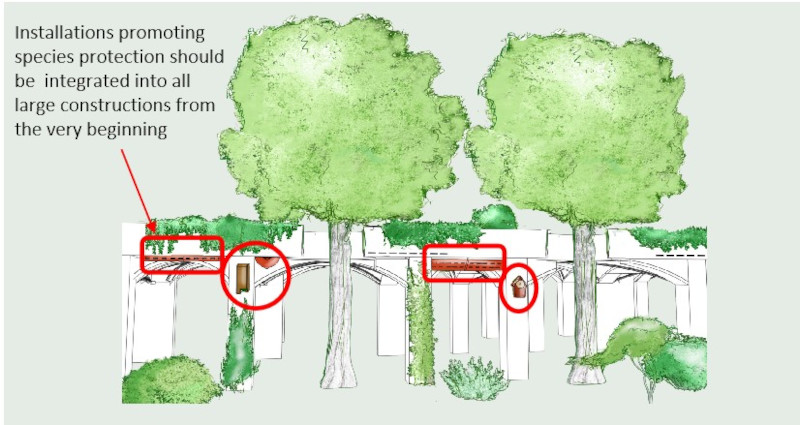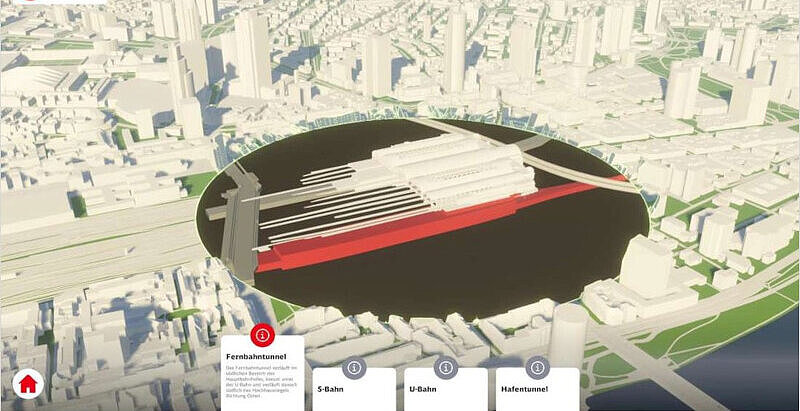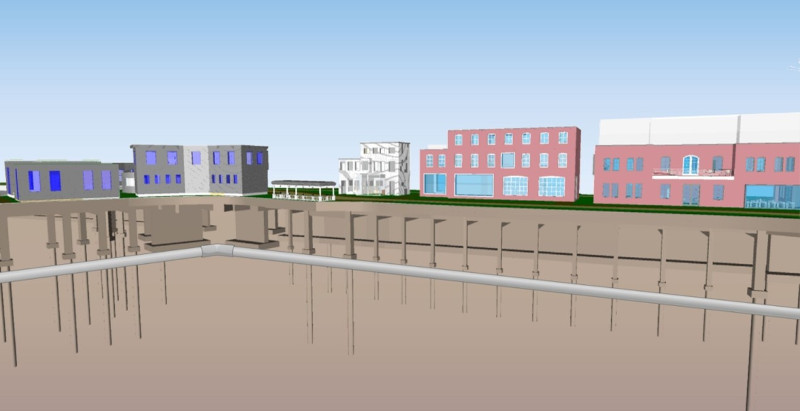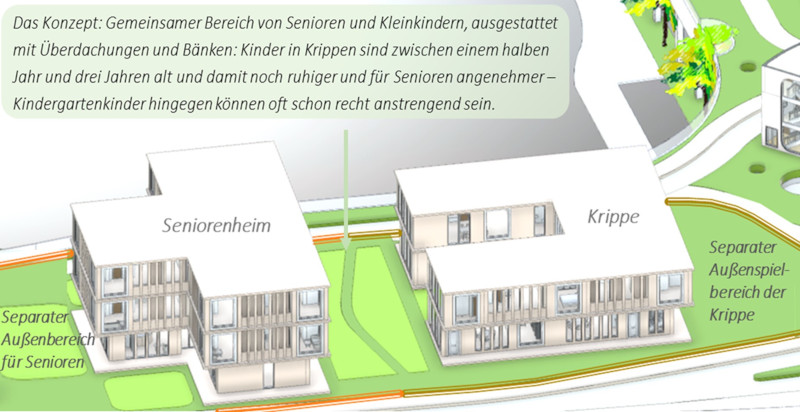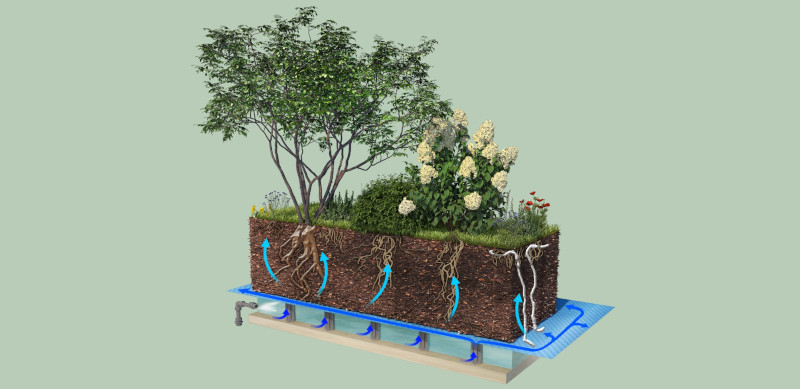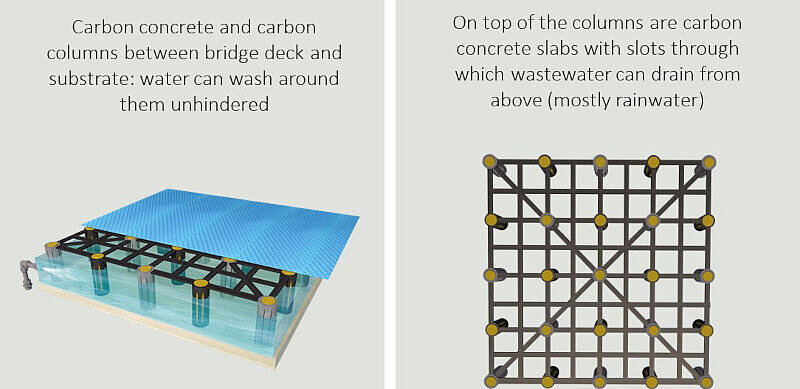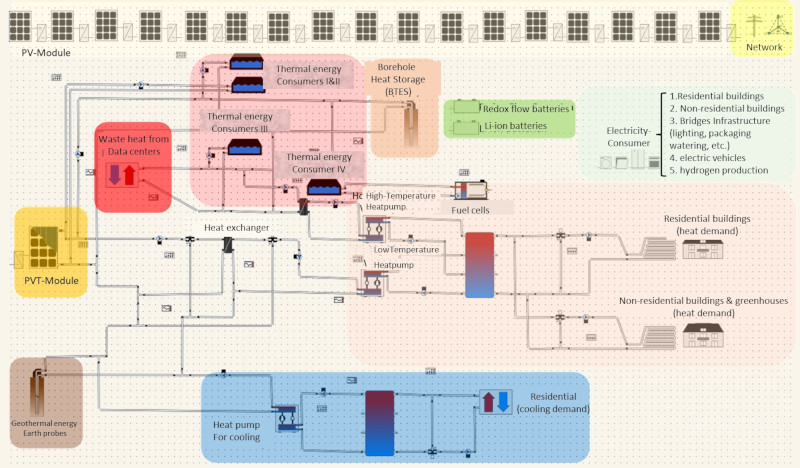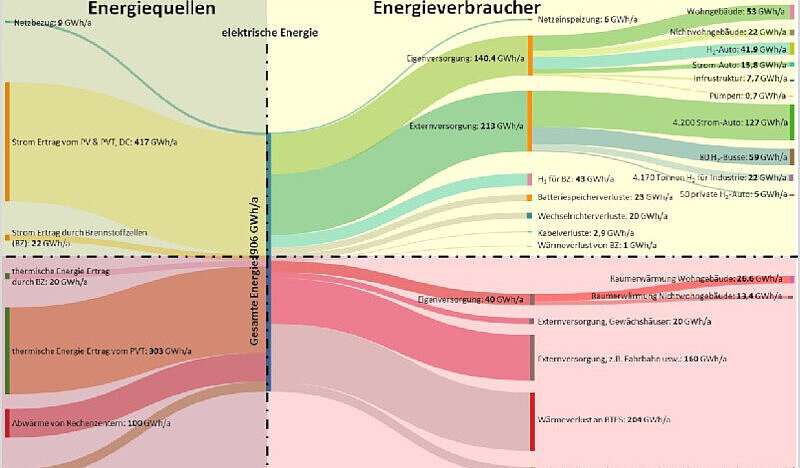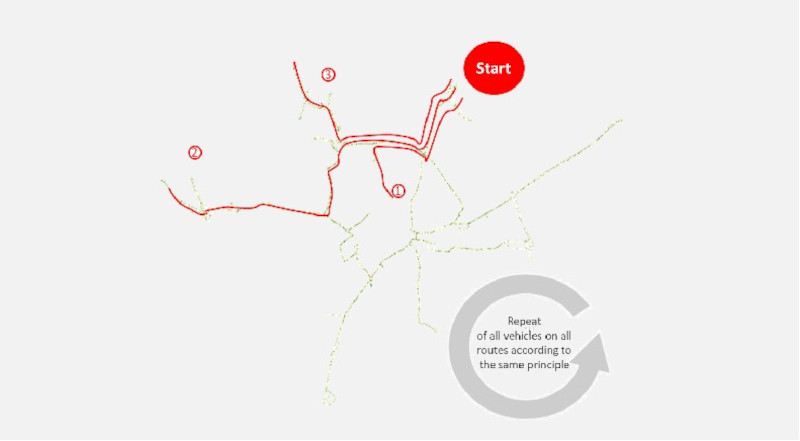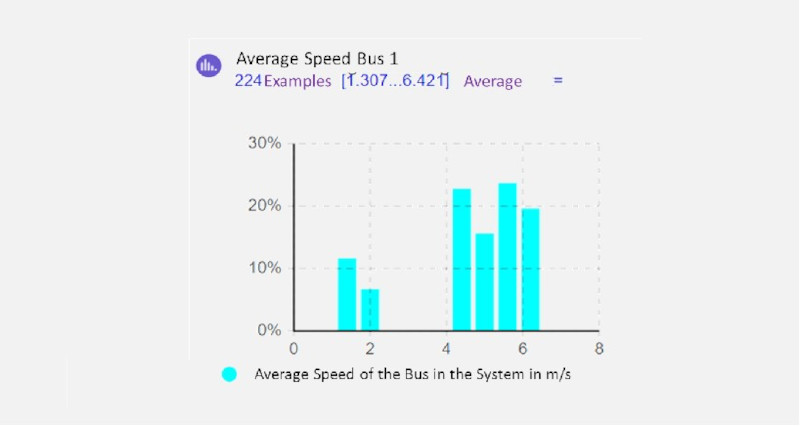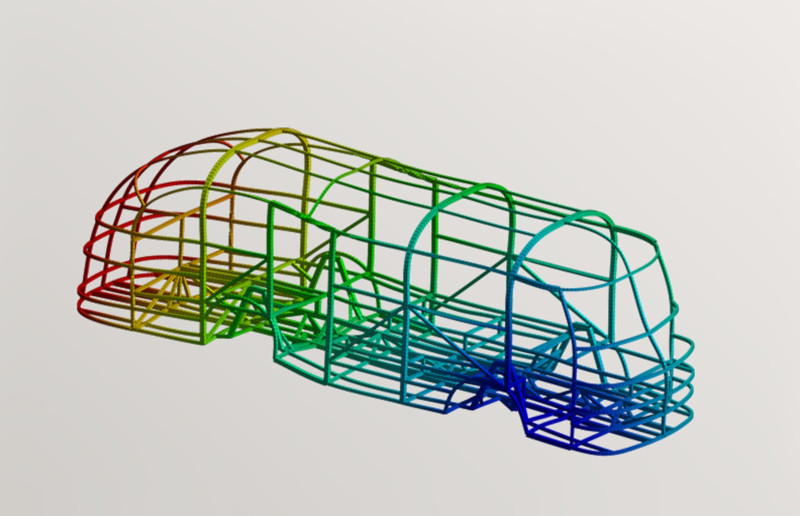Combining non-profit status with private investors: The effect is faster planning and realisation due to consideration of social interests and the environment from the outset - and at the same time a high-quality, long-term construction method
If planning, construction and operation are carried out on a non-profit basis with tangible benefits for large sections of the population and nature, then a major infrastructure project will meet with much less resistance than, for example, Stuttgart 24 or the Fehmarnbelt Tunnel.
If financing is nevertheless provided by private investors, this has the advantage that tendering rules can be laid down in the non-profit statutes of the bridge companies for planning, construction and operation without having to apply extremely complex EU tendering procedures. This not only increases the quality of the service in all service phases, but also the speed with which it is carried out.
Non-profit status therefore leads to faster implementation (and thus significantly lower costs) not despite, but precisely because of the consideration of the civil right of co-determination, which is anchored in the statutes by the non-profit purposes.
The transfer of ownership to the investing owners after 30, 50 or even 100 years ensures a congruence of interests as far as the quality and longevity of the structure is concerned: purely public construction projects often lack competence, and purely profit-driven construction projects are geared towards quick profit in their construction method and are accordingly designed for a service life of 40 or 50 years - such as many of our motorway bridges or large commercial real estate complexes.
The example of Frankfurt's bridges shows that it is possible to align and reconcile two actually differently orientated target lines - that of the less affluent population or silent nature and that of the well-funded investors.
In addition to the structural-organisational aspect of the Frankfurt Bridge Concept, infrastructural approaches of the concept are also transferable to other large construction projects - as are numerous concept components of the neighbourhood design on the bridges. A few examples of this are given below.


